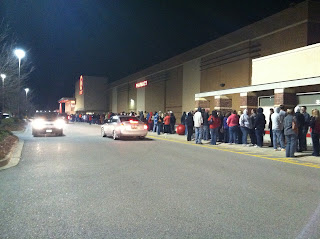Another frequent demonstration of downsizing is packaging downsizing. Once more this is “Do more with less.” The consumer gets a smaller package, “less” for the price of the previously larger one. The brand gets to convince both their retailers and the consumer this is a good value.
You may have noticed packages getting smaller once again in recent months. From ice cream, to cereal, candy bars and canned goods, packages are smaller while prices stay the same or increase. Here are some examples noted recently in the news: http://today.msnbc.msn.com/id/40915489/ns/today-money/t/shrinking-feeling-downsized-products/
While both of these forms of downsizing can boost company profits in the short term, downsizing is not growth. It is a defensive tactic. Before you pursue this path, fully explore the options to grow your way to success rather than trying to save your way there.
Downsizing a package saves cost, but the consumers usually see it for what it is…a price increase and a reduction in the volume they buy from you. Try to create value. Make your package the size that consumers’ value most and give them reasons to buy from you more frequently.
If you downsize your consumer’s packaging, you also diminish your relationship with them and in time, your brand. Upsize your value, your relationship and in time, your market share, by offering consumers more value when your competition chooses to give them less.





